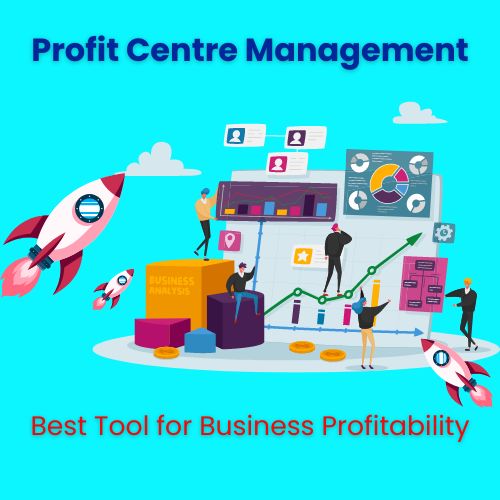7 Hidden Strings Pulling Your Inventory Around (and How to Take Control)
Your inventory might seem straightforward – a collection of items you sell or stock you keep. But beneath the surface, complex factors influence its efficiency and profitability. These hidden strings can impact your cash flow, production, profit and even taxes. As an Interim CEO, I see these issues play out all the time, and I’m here to help you untangle them.
1. Not all inventory to be kept equal
Inventories are different: raw materials, work-in-progress (partially finished products), finished goods (ready to sell), and even “billed but not delivered” items. Understanding the breakdown helps you manage each category effectively.
2. Are you holding onto too much (or too little)?
Every industry has ideal inventory levels. Your accountant can help determine these ratios based on your sales and production cycles. Holding excessive stock ties up working capital, requires storage space, and increases the risk of damage. Conversely, insufficient inventory disrupts production and sales.
3. Inventory analysis: Your secret weapon
There are powerful tools to optimize your inventory. ABC analysis classifies items based on their value. High-value (A items) require stricter control, while low-value (C items) can be managed less intensively. FMS (Fast, Medium and Slow moving) analysis helps predict demand and ensure you have the right amount of stock on hand. Some industries need VED (Vital, Essential and Desirable) analysis for criticality in availability, like pharmacy. And SDE (Scarce, Difficult and Easy) analysis based on supply.
4. The Silent Drain: Stock Meant for the Dump
Slow-moving, obsolete, or damaged items lurk in many inventories. These “dead stocks” create a hidden problem. They appear on your books as assets, but they’re essentially worthless. Regularly identify and remove unwanted inventory to free up capital and prevent future write-offs.
5. The Domino Effect of Poor Inventory Management
Excess stock isn’t just a storage issue. It eats up working capital, the lifeblood of your business. This, in turn, can affect your ability to invest in growth. On the other hand, insufficient stock leads to lost sales and production delays, impacting profitability.
6. Inventory's Deceitful Impact on Cash Flow and Taxes
Here’s a hidden danger: dead stock inflates your perceived cash flow. It sits on your balance sheet as an asset, but it’s not generating revenue. When you eventually write it off, it’s an expense that reduces your profit by the time you have already paid higher taxes.
The Lean inventory philosophy prioritizes minimizing waste and maximizing value. By implementing Lean practices, you can reduce storage costs, interest expenses, and potential losses due to high stock levels. This frees up resources and allows you to focus on core business activities.
Taking control of your inventory’s hidden strings is crucial for optimizing your cash flow, production, and profitability. By understanding these factors and implementing smart management strategies, you can turn your inventory into a powerful asset, not a silent burden.
“Struggling with overstock or stockouts? Interim management can fix your inventory woes. We’ll optimize your levels for a smoother operation.”


